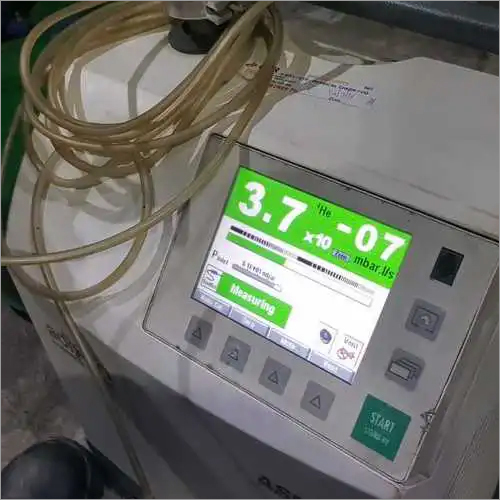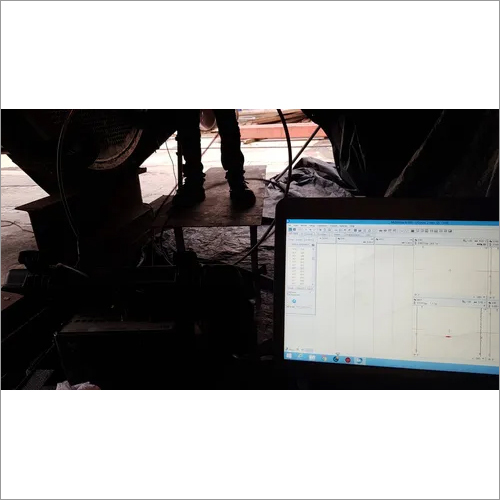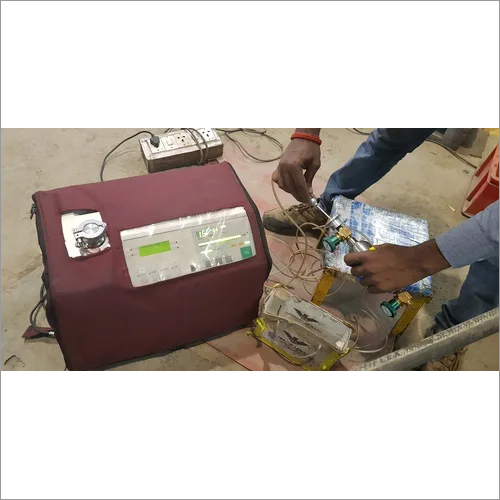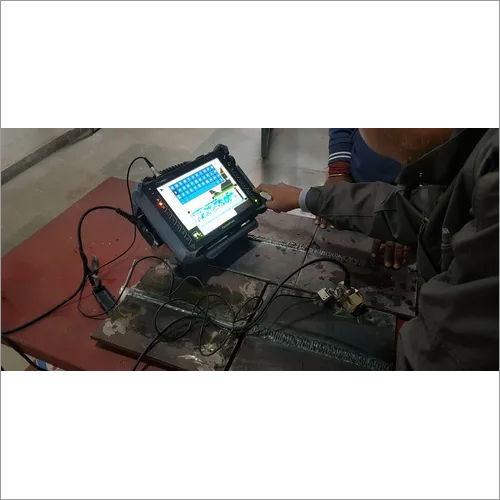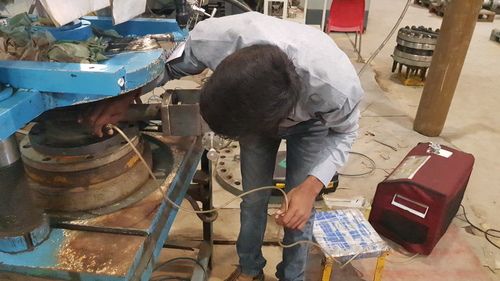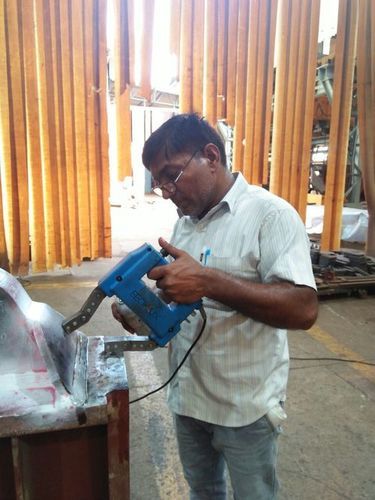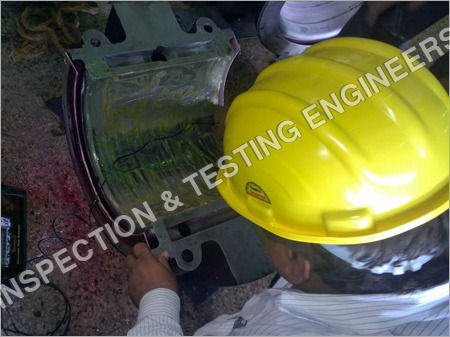Most popular produts

Ultrasonic Flaw Detection
Product Details:
X
Product Description
Ultrasonic Testing makes use of short Ultrasonic pulse-waves. Comforted with center frequencies ranging from 0.1 MHz-15 MHz that can rise up to 50 MHz on certain occasions, these waves are quiet efficient. Incorporated into specimen to categorize materials,pulse-waves detect internal defects. Ultrasonic thickness measurement test determines the thickness of the test material like monitor paperwork,. Ultrasonic testing is performed on various metals and alloys such as steel. However, owing to its less resolution, it is perfect for thickness test of concrete, wood and composites. NDT method and this non destructive process is also used in multiple transportation related industries like aerospace, automotive, etc. Transducer performs on both the sending and the receiving of the pulsed waves in pulse echo mode. In this specific process, when the sound comes in the contact of any object or wall, it is reflected back. Results are produced in form of a signal by diagnostic machine along with an amplitude which denotes the reflection intensity and the distance, representing the reflection arrival time.Advantages
- Exact estimate of the shape, nature, size of defects.
- Requirement of minimum part preparation.
- Even the Detection of tiny flaws is allowed owing to optimum sensitivity.
- Only single-sided access is needed because of the use of pulse-echo technique.
- Harmless towards the equipment and material present in the operating
- Accurate and nondestructive means in determining the internal flaws depth and thickness of parallel surfaces parts.
- Both surface and subsurface discontinuities sensitivity.
- Many different uses such as measurement of thickness are recorded.
- Fitted electronic equipment deliver instantaneous results.
- High penetrating power helping in detection of flaws deep in the parts.
- Detailed images are generated by Automated systems.
- Thickness measurement, in addition to flaw detection.
- Detailed images can be produced with automated systems.
- Electronic equipment provides instantaneous results.
- Minimal part preparation is required.
- It is sensitive to both surface and subsurface discontinuities.
- Capable of portable or highly automated operation.
- No harmful effects on equipment and materials.
- Some capability of estimating the size, orientation, shape and nature of defects.
- Greater accuracy than other nondestructive methods in determining the depth of internal flaws and the thickness of parts with parallel surfaces.
- High sensitivity, permitting the detection of extremely small flaws.
- Highly automated or portable operation capability.
Enter Buying Requirement Details
Other Products in 'Related Inspection & Testing Services' category
 |
INSPECTION & TESTING ENGINEERS
All Rights Reserved.(Terms of Use) Developed and Managed by Infocom Network Private Limited. |
 English
English Spanish
Spanish French
French German
German Italian
Italian Chinese (Simplified)
Chinese (Simplified) Japanese
Japanese Korean
Korean Arabic
Arabic Portuguese
Portuguese

